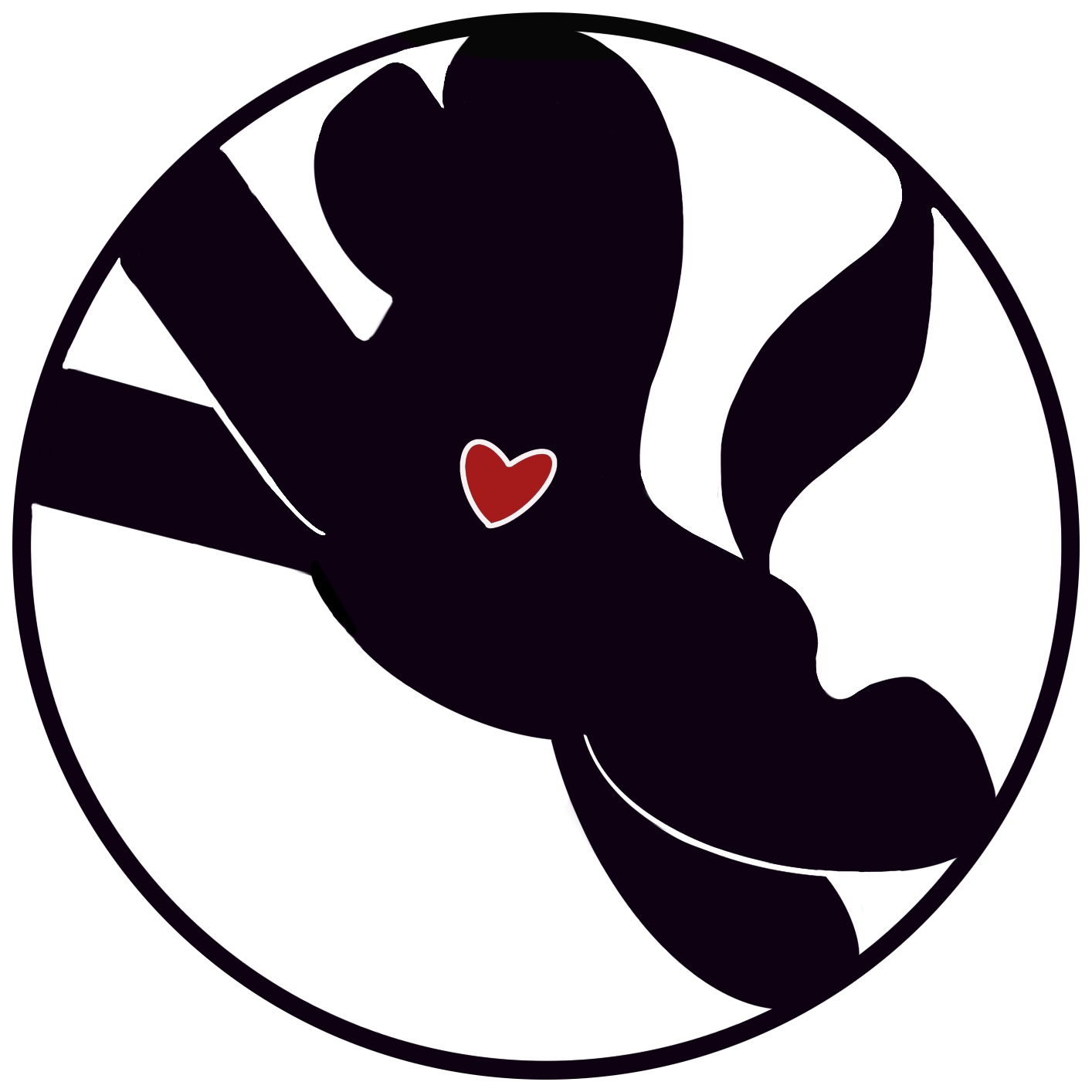Degenerative Disk Disease in Bichons

by Vickie Halstead RN, CCRN, CEN, CVNS, CLNC
Degenerative disk disease is far from being one of the common problems in Bichons but it does occur often enough that the owner should know more about the condition, especially if your Bichon is of the type that is heavy boned, long in body and short of leg. And if your Bichon fits this body type and is also heavy for his size, he may be looking toward a future problem with his spine.
The ‘ideal Bichon’ that we seek to breed is described in the standard for the breed, which is a word description of the ideal dog. There will never be a ‘perfect’ dog in any breed but we seek to meet that standard that describes the perfect dog. In Bichons, some of the earlier imported dogs were of the type described in the first paragraph and they still appear in litters today. While degenerative disk disease can occur in any dog, it will be more likely to occur in the long, low, heavier dog. For this reason, any dog of this type should be watched closely for obesity.
Let’s talk about disk degeneration and what happens. The spine is like a lamp cord that leads from the electrical source to the light bulb. It connects parts of the body to the brain and the wires are the nervous tissue, carrying commands from the brain, while the spinal column is the bony shell that protects it. The spine is made in segments called disks and there are cushioning pads between the disks. This is a very simplified description of the bony canal that protects the spine. When the disk starts to break down, the inner material escapes and makes pressure on the spine itself.
When this material seeps from the disk, it will move inward and usually upward, sometimes causing enough pressure on the spine to cause paralysis. One type of rupture will cause pain but may not cause immediate paralysis and another type of rupture may cause paralysis but little or no pain. Your veterinarian will be able to determine a lot of what is happening based on these symptoms.
Regardless of which type of rupture or which disks are involved, this will be an immediate veterinary emergency. Radiographs will be taken along with history of the event and a myelogram may be required. Surgery may or may not be performed but it can help to relieve pressure and ease pain. A paralyzed dog will remain paralyzed but the sooner treated, the better the chances of avoiding paralysis.
What do you look for in your dog that indicates degeneration is occurring? Remembering that trauma may seem to be a part of the event, the more likely cause is genetic. Any ‘fall’ or ‘jumping’ may only have accelerated a process that was already underway. First the dog may experience pain and may be very reluctant to move. He appears to be ‘lazy’, preferring his bed and inactivity. This is clearly more apparent in a formerly active dog. Next there may be evidence of lameness that is disturbing to the owner but the owner may want to wait to see if it clears on its own. If the dog exhibits signs of pain when you run your hands down his spine, you may be fortunate enough to get to the veterinarian before paralysis occurs. More often the owner notes lameness, watches for improvement and then the dog’s condition progresses to paralysis.
If your dog has signs of pain in his back or neck, if he seems uncoordinated, and if he seems incapable of activity when he normally has been very active, get him to the vet clinic for an exam and possible x-rays. Surgery will most likely not resolve paralysis but can relieve pressure and free the dog from pain. However surgery done immediately (in the first 24 hours) may preserve the nerve tissue and allow for rehabilitation. We hear too often from Bichon owners who have waited to have an evaluation or until the dog shows signs of paralysis.
Physical therapy may gain some activity and will certainly enable the dog to have a better life than being in pain. There are modern ways to aid the dog to have mobility and they can be described to you by your veterinarian. Therapy may include acupuncture if a qualified acupuncturist is available. Consultation with a veterinary orthopedic surgeon may be your choice, depending on the experience and training of your usual veterinarian.
The most important part you can play is to watch your dog for signs of problems if he shows a reluctance to move, keep his weight down to just short of skinny (where you can feel his ribs!) and remember that he is still your beloved pet even if he does suffer a paralytic event.
There is one interesting observation by the author that will make you want to continue to love your Bichon with degenerative disk disease. The very body type that we describe ‘ long, low and heavier boned ‘ is often associated with the sweetest and most affectionate of Bichons. They tend to be charming, intelligent and have gorgeous faces and wonderful personalities. That is one reason they were used in the early days for breeding ‘ they also carried the genes that produced the personality that we love!
Please note:
For more information on caring for dogs with disk disease, consult this sitewww.dodgerslist.comwhich was created for owners of Dachshunds, a breed with congenital disk disease.
